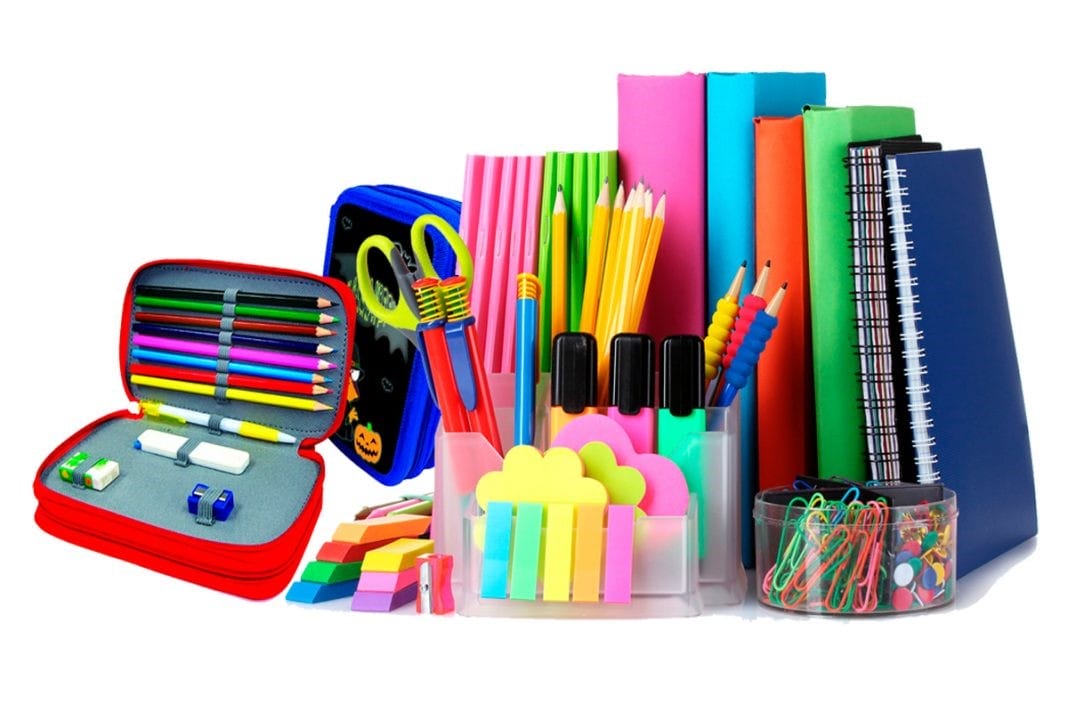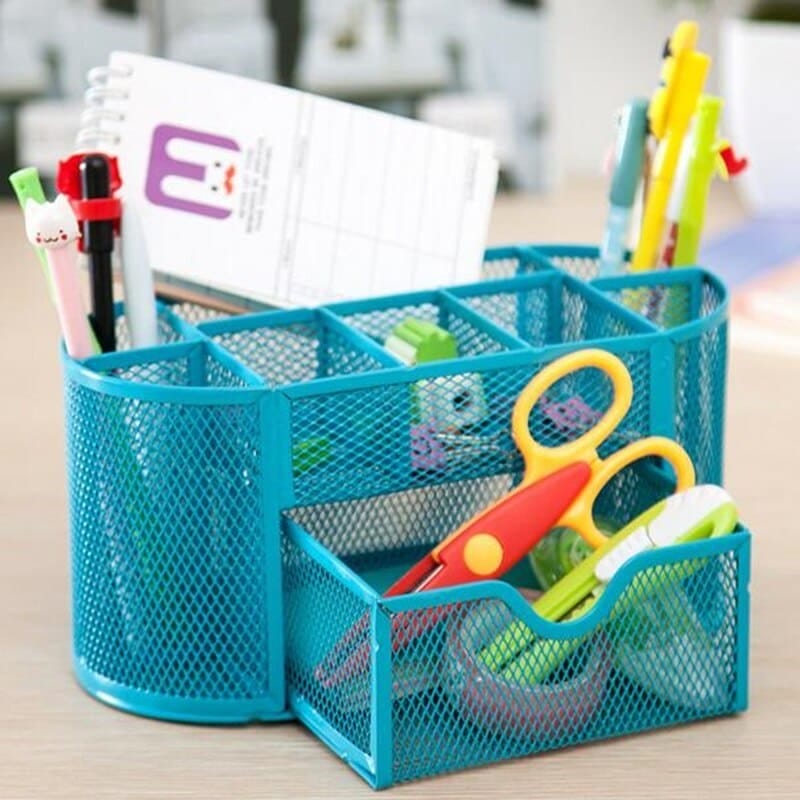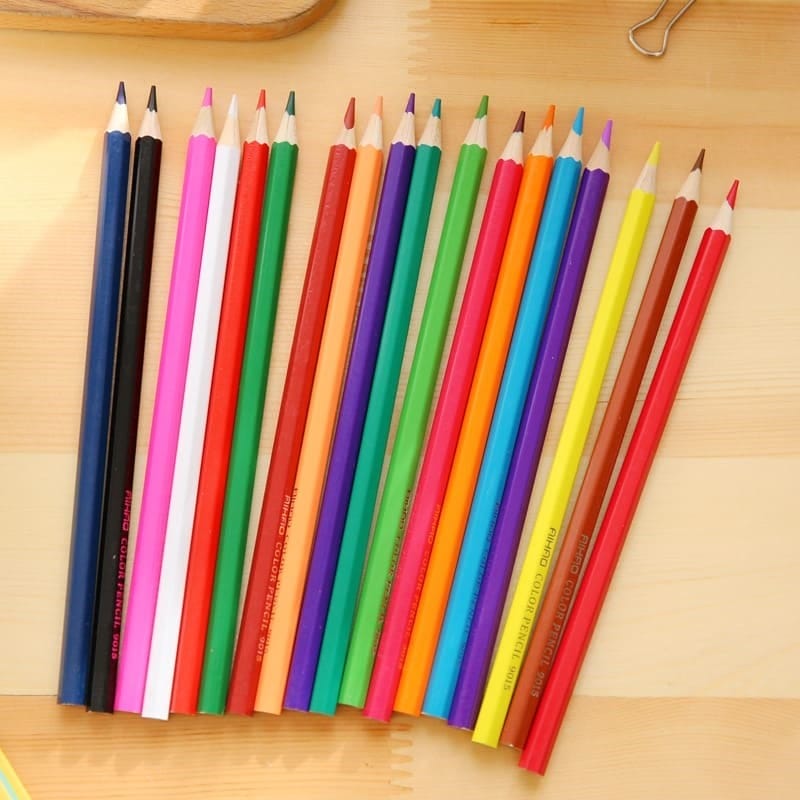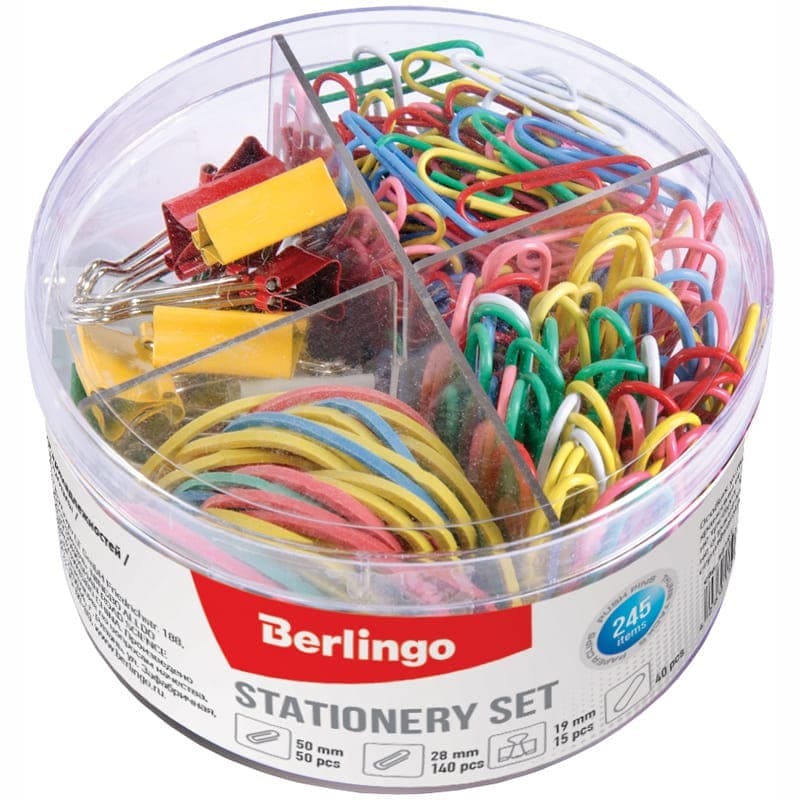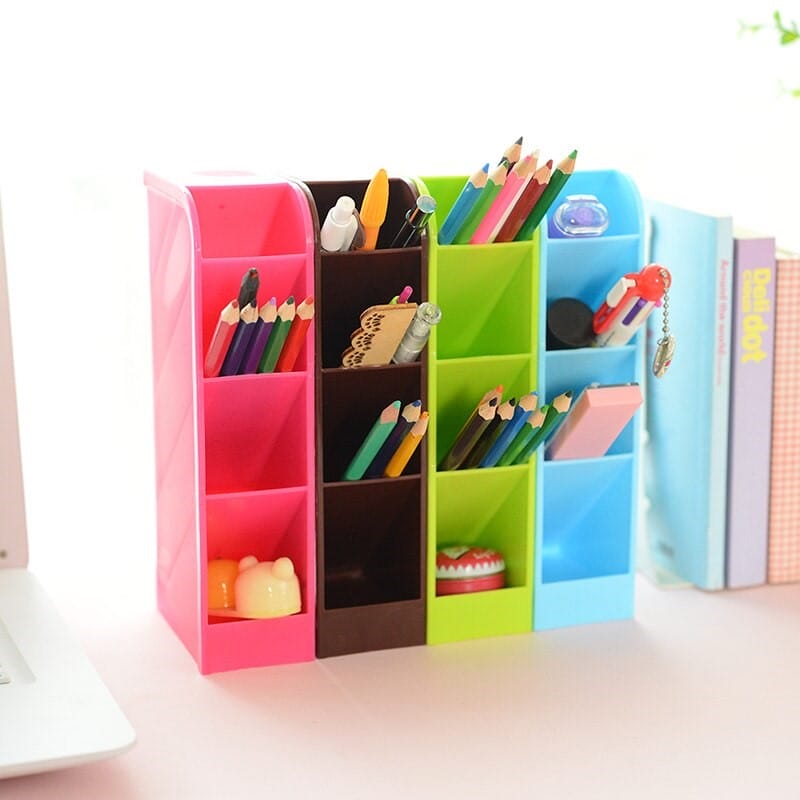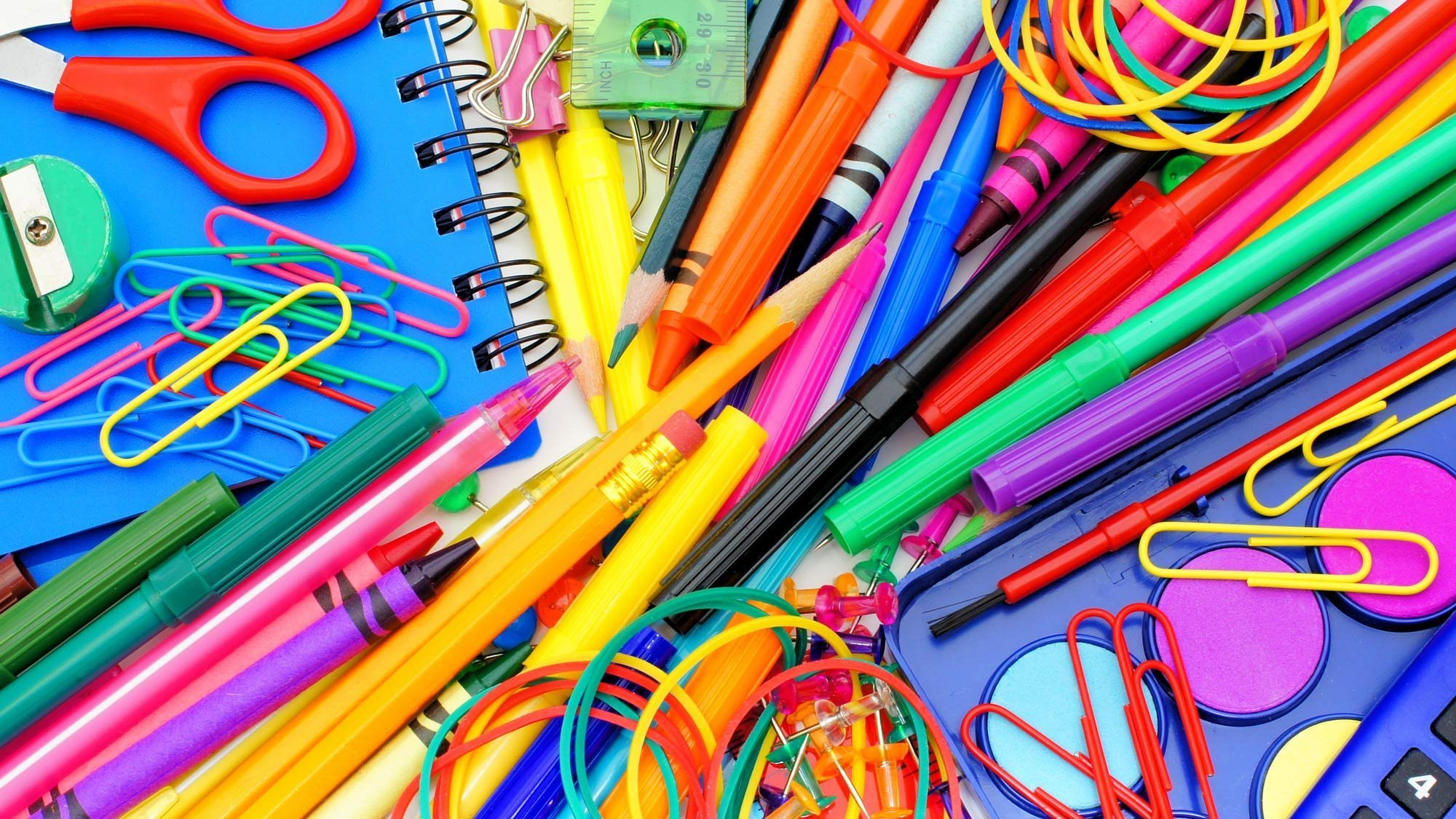Travel
Embracing Sustainability: A Guide to Eco-Friendly Stationery

In a world increasingly conscious of environmental impacts, the shift towards sustainable practices is more pertinent than ever. This holds true in all facets of life, including the selection of everyday items like stationery. Eco-friendly stationery not only reduces environmental harm but also sets a standard for responsible consumption. This article explores a range of products made from sustainable materials and provides tips on minimizing the use of plastics and other environmentally detrimental materials in daily organizational and creative endeavors.
Discovering Sustainable Stationery Materials
Sustainable stationery is crafted from materials that have a minimal environmental footprint, whether through recycled content, renewable sources, or reduced chemical processing. Here are some popular sustainable materials used in eco-friendly stationery:
Recycled Paper Products
Notebooks, journals, and writing paper made from recycled materials are foundational to eco-friendly stationery. These products help reduce the demand for virgin paper, consequently decreasing deforestation and energy consumption involved in paper production.
Bamboo and Wood
Bamboo and FSC-certified wood products are excellent alternatives to traditional plastics. Bamboo grows quickly, requires minimal pesticides, and is biodegradable. Pens, pencils, and even desk organizers made from bamboo or sustainably harvested wood are durable and have a significantly lower environmental impact.
Bioplastics
Bioplastics, derived from natural materials like corn starch, are used to make products that traditionally rely on petroleum-based plastics. Items like rulers, pen cases, and mechanical pencils made from bioplastics offer a renewable and often compostable alternative to their conventional counterparts.
Reducing Plastic and Harmful Materials in Stationery
Transitioning to eco-friendly stationery involves more than choosing sustainable products; it also requires a conscious effort to reduce the use of harmful materials. Here are some practical tips for making environmentally friendly choices:
Opt for Refillable Products
Choose refillable pens, markers, and even tape dispensers to minimize waste. Refillable products often come with the added benefit of being better quality and can save money over time.
Support Brands with Green Practices
Purchase from brands and companies that are committed to environmental sustainability. Look for those who use environmentally friendly manufacturing processes, sustainable materials, and who have transparent supply chains.
Minimize Disposable Items
Avoid one-time use products such as disposable pens and adhesive notes. Instead, look for reusable alternatives like glass whiteboards or reusable sticky notes.
Recycle and Reuse
Set up a system to recycle used stationery items properly, and get creative with repurposing items. For instance, old jars can be transformed into pen holders, and scrap paper can be reused for notes.
Conclusion
Choosing eco-friendly stationery is a practical step towards sustainable living. By opting for products made from recycled, renewable, and biodegradable materials, and reducing the use of harmful substances, individuals and organizations can significantly lower their environmental impact. The transition to eco-friendly stationery not only contributes to conservation efforts but also promotes a culture of sustainability that can inspire others to follow suit. With each sustainable choice, we move closer to a greener, more conscientious world.

